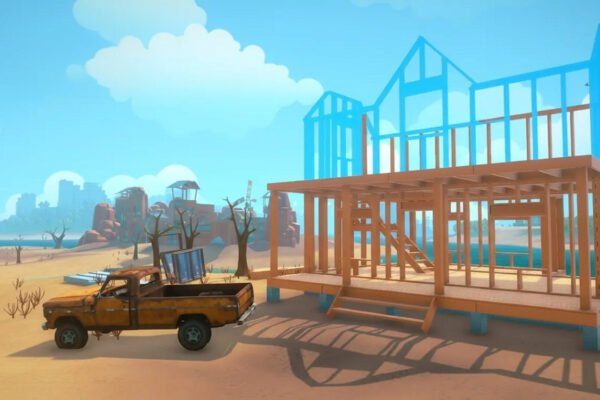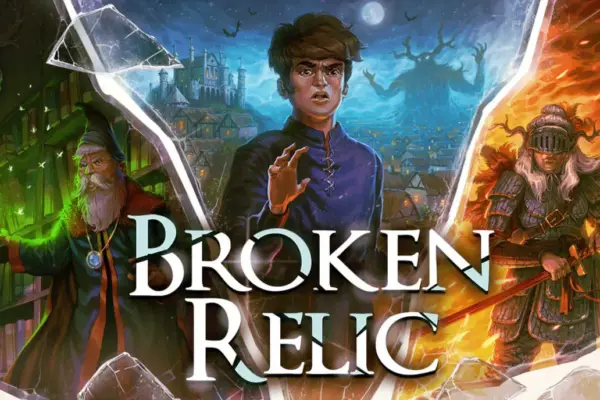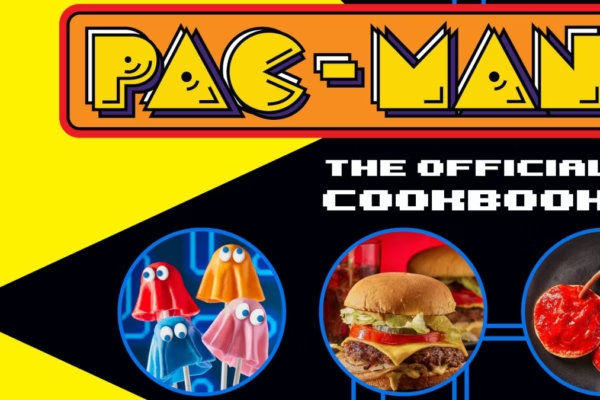It’s always a very pleasant surprise when a small indie quietly drops something that feels bigger than it should. Aethermancer is one of those games where you realize hours after starting that you’re still tinkering with team builds and wondering how you managed to lose the same boss fight twice in different ways. It’s the newest project from Moi Rai Games, the folks behind Monster Sanctuary, and it wears that lineage proudly. But this time, the studio’s traded in the cozy metroidvania feel for a leaner, meaner roguelite built entirely around smart choices and hard lessons.
Even in Early Access, Aethermancer feels sure of itself in all the right ways. The pixel art is sharp, the turn-based combat hits that sweet spot between readable and tense, and every run teaches you something new about how its systems quietly feed into one another. It’s less about collecting monsters and more about truly understanding them. How they move, what they cost you, and when it’s time to let one fall so the others can make it home.
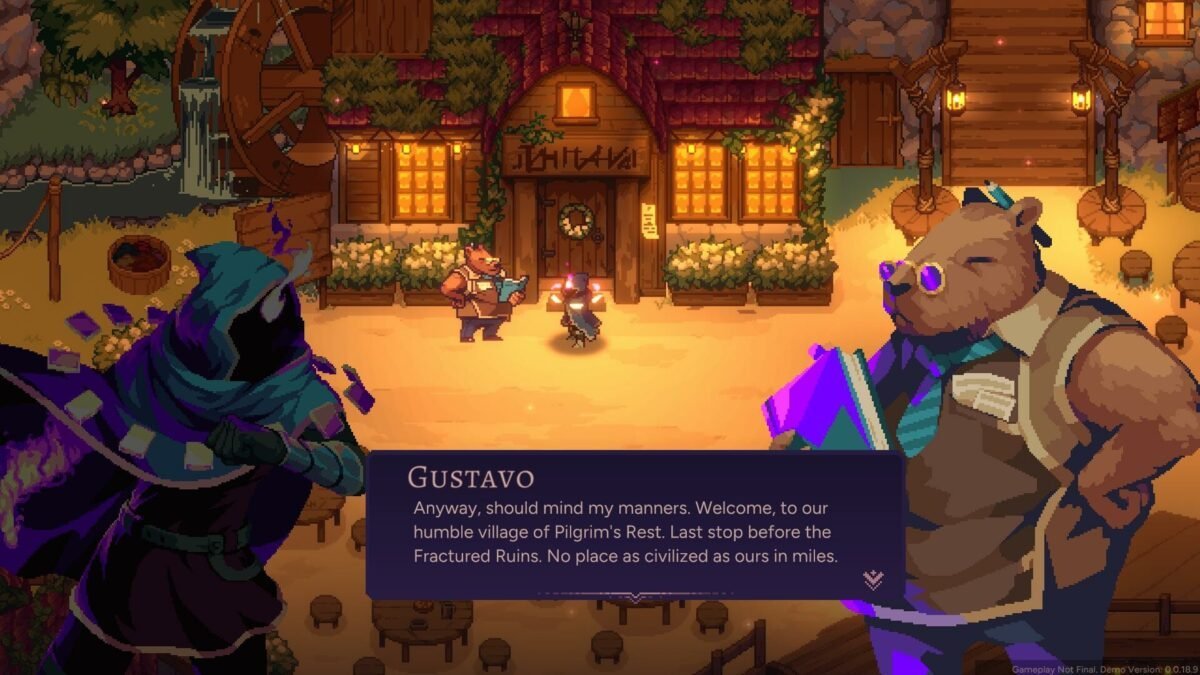
A feature that really showcases exactly what Aethermancer has accomplished with its unique design choices. It results in a roguelite that punishes complacency and rewards pattern recognition; a game that feels equal parts experiment and test of patience, in the best way possible.
Once you’ve gone through the brief tutorial and learned the basics of Aethermancy, the gameplay loop sets in fast. You form a team of three monsters, each with its own element and skill tree, then venture into shifting biomes full of enemies that seem designed to expose every weak spot in your lineup. The first few runs are humbling to say the least. I went in unintentionally cocky, thinking I had a balanced team, only to get shredded because I didn’t realize how crucial energy management is.
Aethermancer is at its best in times like this: it doesn’t waste time pretending to be friendly. There’s no hand-holding, no “safe” early game. You learn by losing, and the game’s surprisingly good at making that process feel rewarding. Every defeat feeds into some new form of progress, be it a permanent upgrade, a fresh monster type, or just a better understanding of how your strategy fell apart. And when you do finally pull off a perfect run, it’s not luck. It’s because you got smarter, better, and stronger along the way.
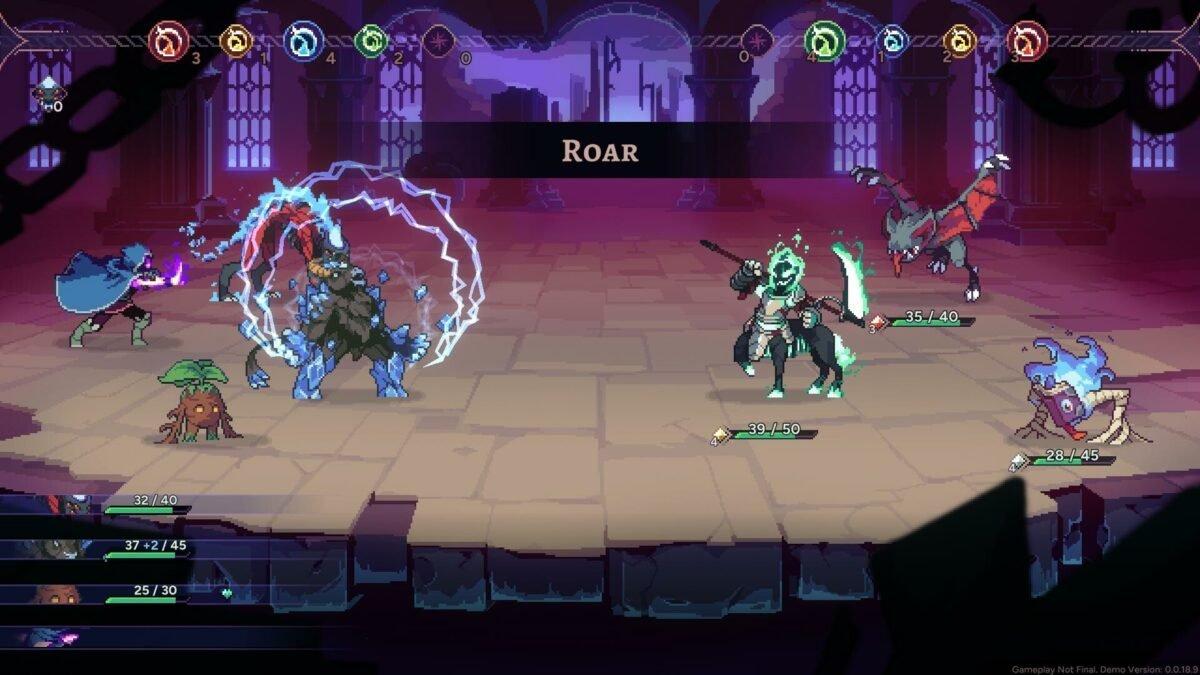
The battles themselves are deceptively deep. Each turn, you’re juggling a limited energy pool across three creatures, trying to set up combos while reading enemy patterns. The abilities branch dynamically depending on previous choices, so no two monsters ever feel quite the same. In one run, I built a frost elemental that could lock down an entire group of enemies. In another, that same monster evolved into a high-risk damage dealer that burned through its own health to keep the pressure up. The flexibility is enough to keep every run fresh. There’s no “best build,” just better decision-making.
Eventually, the runs start to feel quite personal. Death means you don’t just lose a unit, but you lose a partner you’ve built a rhythm with. There’s this quiet sting when your favorite creature falls mid-fight, because you know exactly how many times it’s saved you before. That emotional weight gives the whole loop more gravity than I expected from a roguelite. Similar to how Fire Emblem feels when you first lose your favorite character.
Of course, this is still Early Access, and it shows in places. The exploration between fights feels barebones. Functional, for sure, but not exciting. The ruins you trek through are beautiful in that minimalist pixel way, but they don’t hold much mystery yet. Combat animations, while clean, could use more impact; big hits don’t quite have that satisfying thud, and a bit more visual feedback would go a long way. These aren’t dealbreakers, though, but rather areas that remind you this game’s still growing.
What matters is how solid the core already feels. Moi Rai has nailed the fundamentals: tight combat, meaningful progression, and the addictive pacing that defines the best roguelites. You can tell the team learned from Monster Sanctuary’s slower structure and built something sharper this time. Something that respects your time but still challenges your patience.
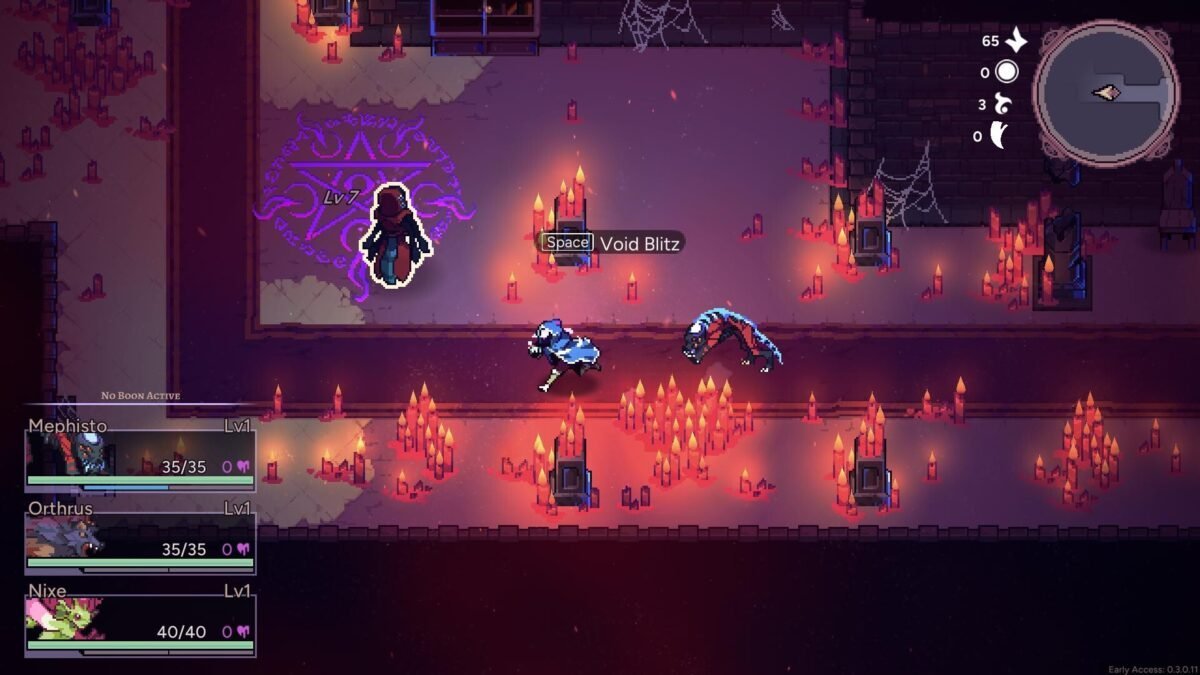
By my fifth or sixth run, I’d stopped chasing wins and started chasing understanding. Each failure became a note in my mental logbook, shaping future runs based on how I handled status effects, how I spent energy, how long I could drag out a risky combo before it backfired. Aethermancer is different from so many other roguelites because it doesn’t rely on chaos. It’s deliberate. It wants you to think.
After a dozen runs, I realized I’d fallen into the same trap Aethermancer sets for everyone: telling yourself, “Just one more.” Because there’s always another combination to test, another monster to evolve, another strategy that might be the one that finally cracks the system. That’s the mark of a good roguelite. It doesn’t nag you to keep playing. It dares you to stop, because it knows you can’t.

